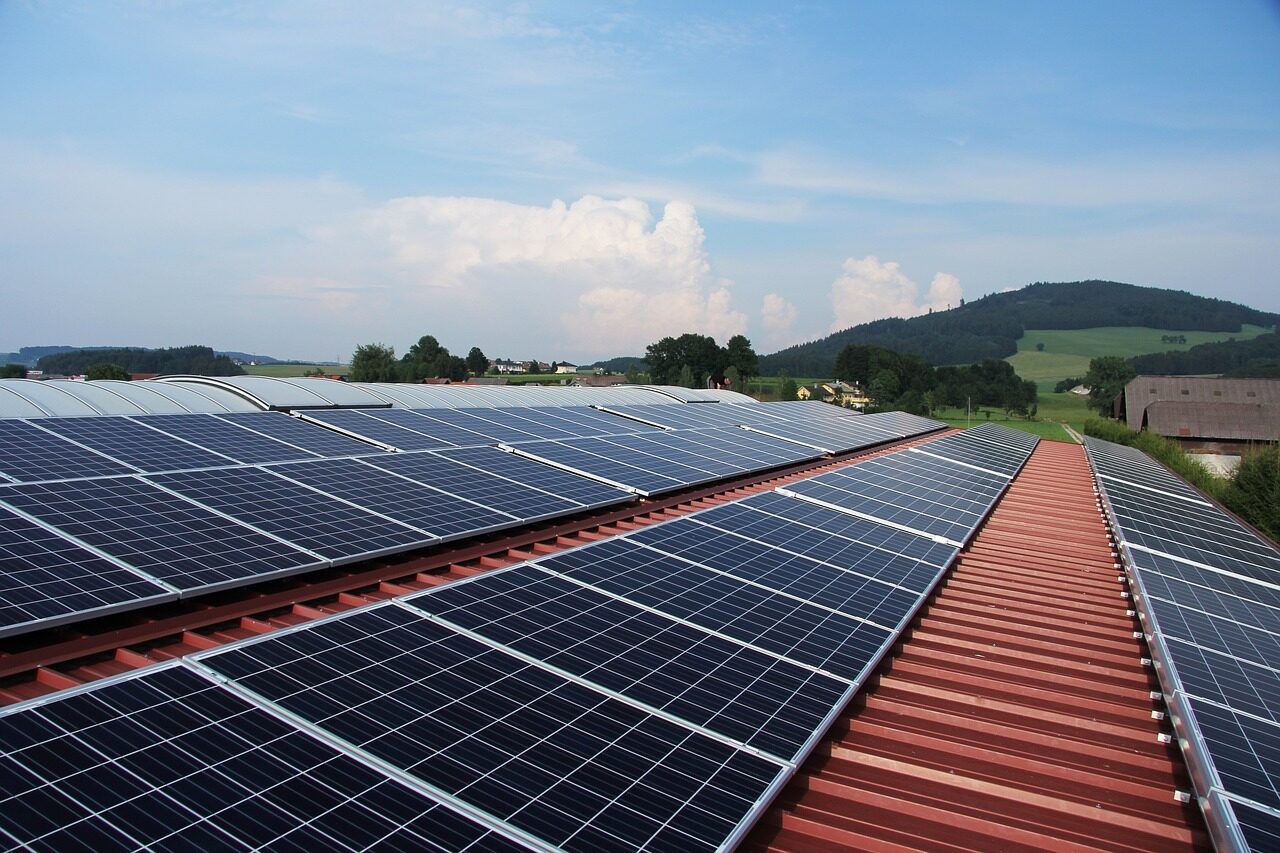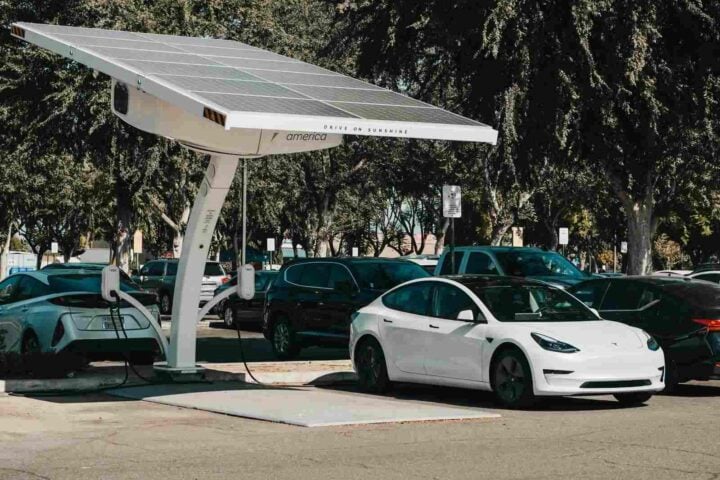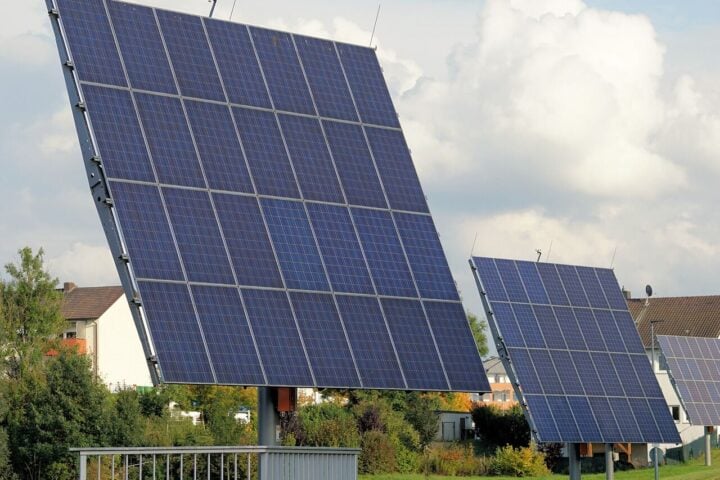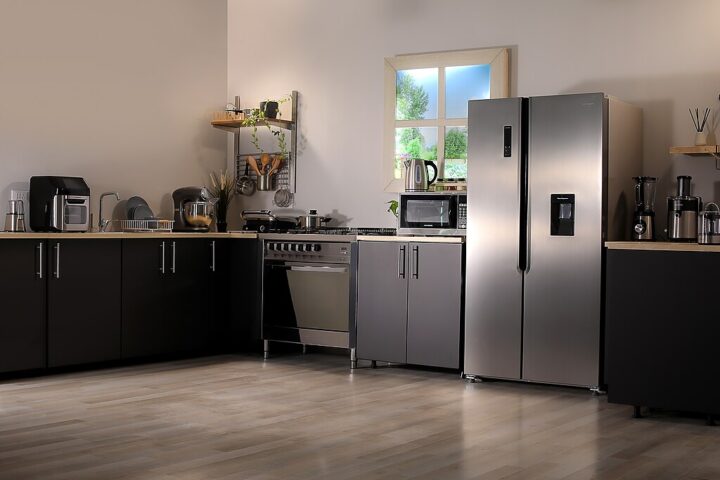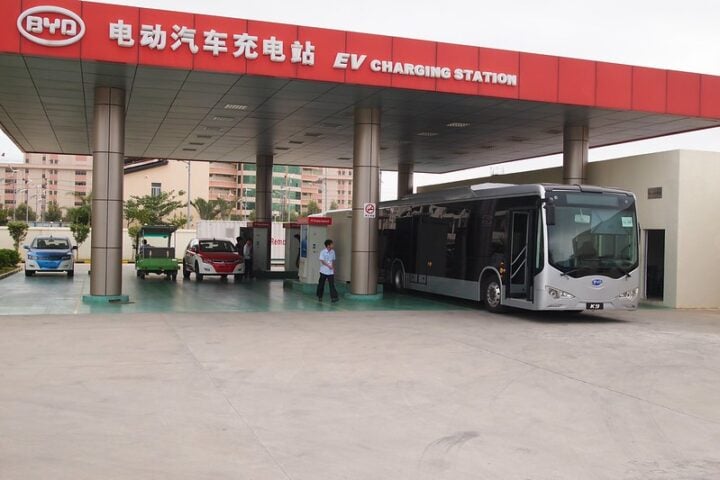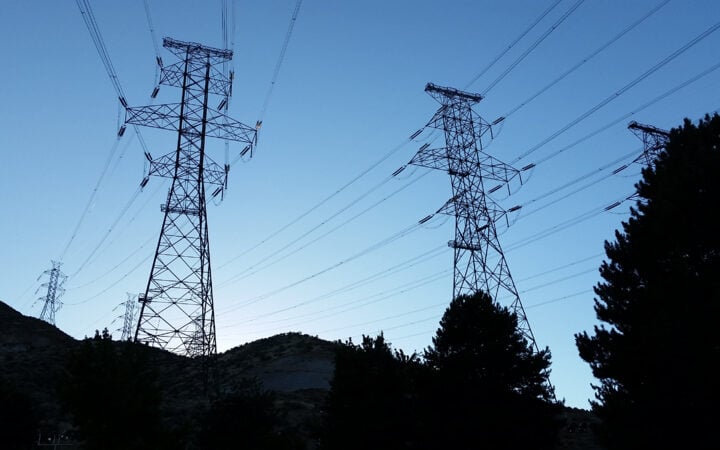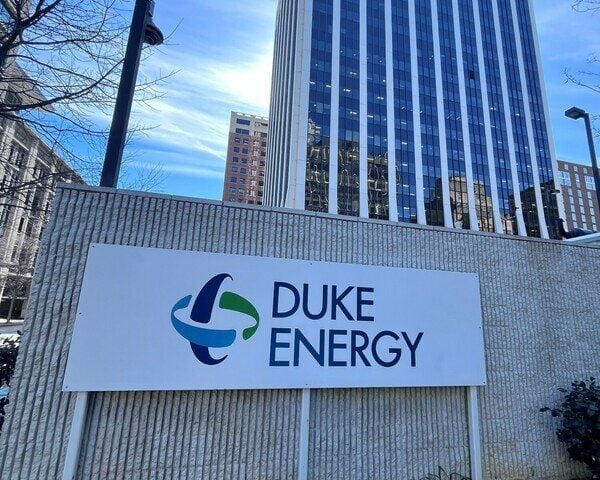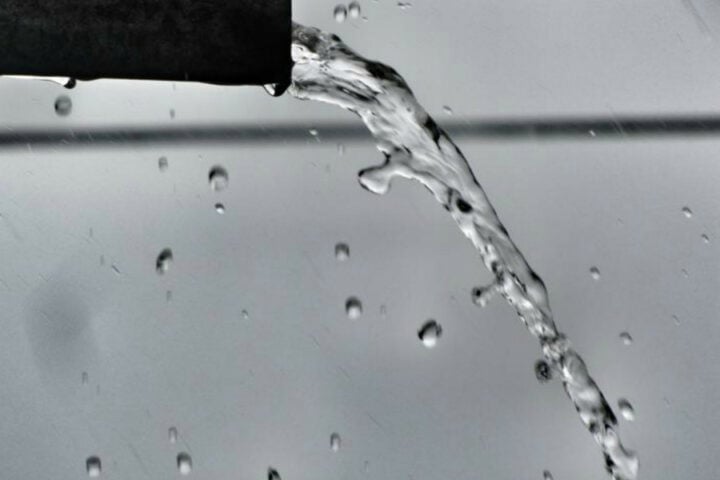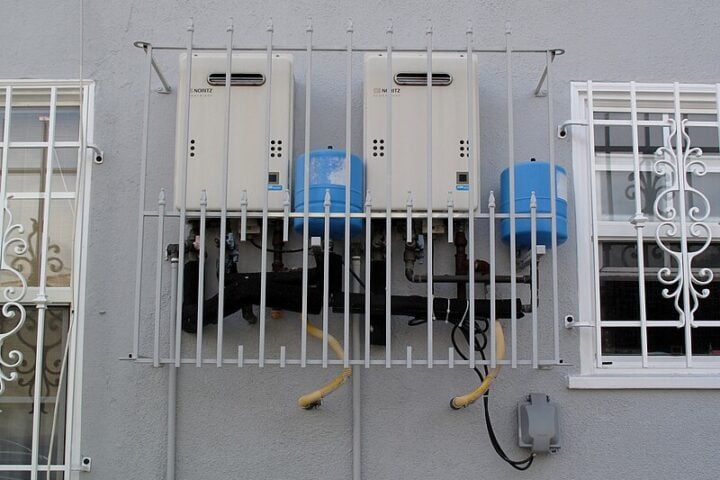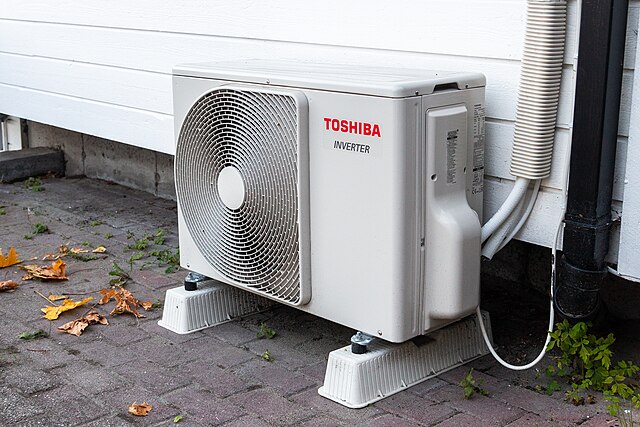Opening your electricity bill these days can be stressful. Power costs are rising faster than regular inflation. Recent research from Lawrence Berkeley National Laboratory shows electricity prices have increased by 4.8% each year from 2019 to 2023, putting pressure on family budgets.
Why are we paying more? Part of it comes down to aging power lines and equipment that need fixing. The costs of distributing and transmitting electricity keep rising. Additionally, as reported in a new report by Jack Kemp Foundation , data centers and artificial intelligence facilities are adding new demands to our power grid, while manufacturers bringing factories back to America create additional energy needs.
This is where solar power enters the picture. Yes, putting solar panels on your roof isn’t cheap – it can cost between $20,000 to $45,000 at first. But here’s the good news: the government currently pays 30% of that cost through tax breaks. Take Wyoming as an example: if your system costs $44,000, you could get $13,200 back in tax benefits.
“Our $27,000 solar investment cuts our monthly expenses by $730,” shares one homeowner who made the switch. Over 15 years, they expect to save $131,400. Most families save between $28,000 and $120,000 over 25 years, according to EnergySage, a website that helps people compare solar options.
The technology keeps getting better too. Today’s solar panels can turn 30% of sunlight into electricity, while older ones manage 15-20%. This improvement shows up in big projects too – in China’s Ulan Buh Desert, JA Solar is building a massive 1GW solar farm, showing how this technology can work on a large scale.
Similar Posts
Beyond saving money, solar panels help protect our environment. When you switch to solar, your home’s contribution to climate change drops by up to 80% in the first year alone. This matters because right now, 79% of our electricity comes from sources that harm the environment, like coal and gas, according to United Nations data.
The timing to consider solar is important. The current government incentives might not last forever. While solar equipment keeps getting cheaper thanks to better manufacturing and technology, losing these tax breaks would make the switch more expensive.
A Houston family recently decided to go solar after a rough experience. “We have three young kids and a large dog,” they explained. “After losing power in a windstorm, my wife said we needed a solution – we couldn’t risk being without electricity again.” Their story shows how solar isn’t just about saving money – it’s about having reliable power when you need it most.
Going Forward, electricity prices show no signs of dropping. More families are finding that solar power offers a way to take control of their energy costs. With today’s combination of government help, improving technology, and long-term savings, solar power has become a practical choice for many households. It’s not just an investment in lower bills – it’s an investment in reliable, clean energy for your home.
